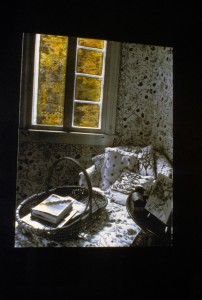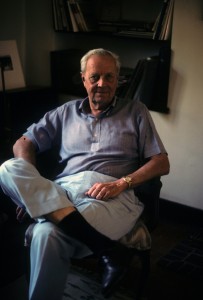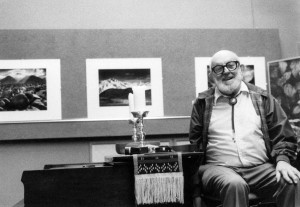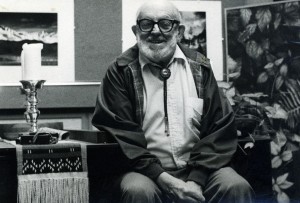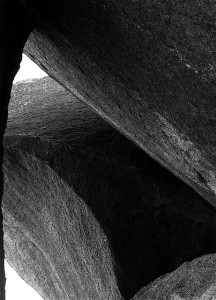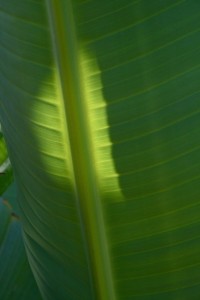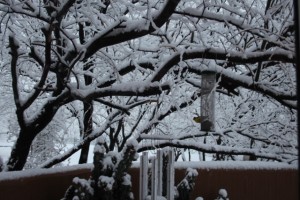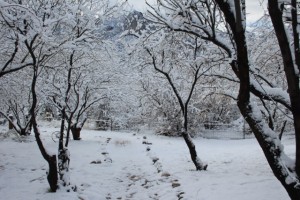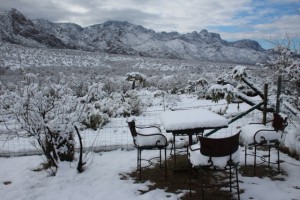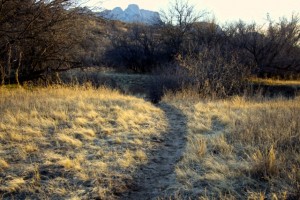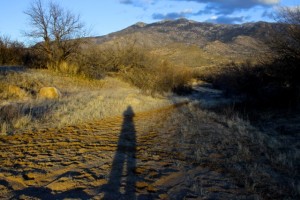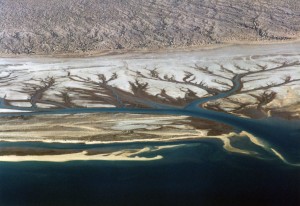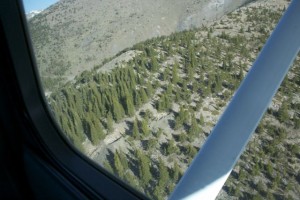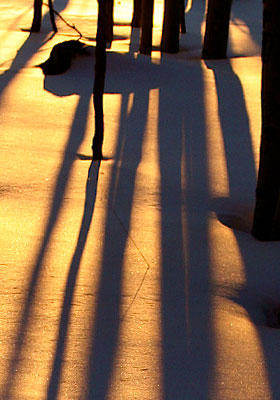In my 30’s I began to photograph in earnest. Now that was back in the ‘70’s, so picture me stepping out in a safari-like photographer’s vest and smoking brown More cigarettes. (The More bohemian and rebellious, the better.)
I set out to explore the other side of the tracks. Mind you, I was raised in San Marino, CA, bastion at that time of white privilege, the John Birch Society (sorry if some of these references are too representative of another generation) and suspicion of “others not like us.”
I feel shame as I write this, but it’s my history.
I had lived in NYC and taught public school there for three years, so I was well “over” San Marino. But now in my adult, parental state (and back in the state of CA) I had only moved four miles away, into South Pasadena. Lawns still looked green, houses gentrified, and attitudes were changing slowly. I was in the mood for a rebellion.
I went north, into the “ghetto” of Pasadena at that time, an area full of lovely old Victorians neglected because of poverty and segregation. My camera was my passport. And architecture was my proof that I was documenting unappreciated treasures. I gained entrance into a new neighborhood and a new form of education.
What was valuable about “the old architecture” in society and in my own being that had been neglected? And what needed tearing down and renovating? What was family about? What if all the races lived together and formed one? I photographed these questions.
It was a time of great opening for me. My Victorian grandmother had passed on, and so had her way of life and viewing the world, graceful as it was. My parents appeared confused: pleased to offer me two lamb chops for dinner at the mahogany dining room table, and willing to work hard for my excellent education…yet mired in the ‘50’s view of life. I was just now trying to emerge from it.
The photograph you see is just one of the many photographs I took during that period. I had a show at a hip Pasadena gallery, showcasing several years of 35mm architectural photography. I considered it a tribute to a history that was passing, evolving.
I chose to show you this photograph because I took it in a beautiful old Pasadena classic house that I admired. On the chaise, upholstered in the perfect fabric for that period, lay a book that had been seminal for me: Gail Sheehy’s Passages. After all, I was in one.
Out the window lay some other land, one that was natural and still impressionistic and undefined for me—but one that was beckoning me. So I colored it with Marshall’s Oils, to represent new life. The path ahead.
What is your ‘old world’ now that you wish to honor as it passes and evolves? What would you photograph to represent it? And how does the new one look? What will be your passageway into that new way of seeing, that new life?
